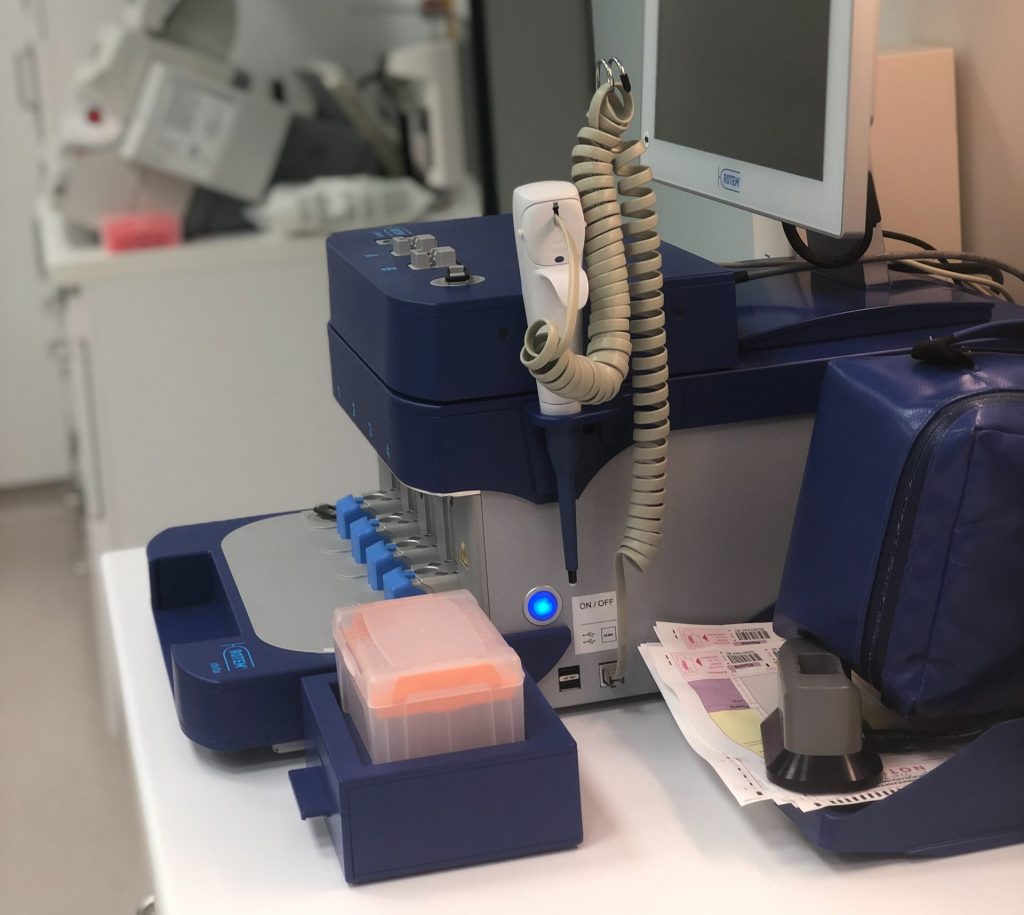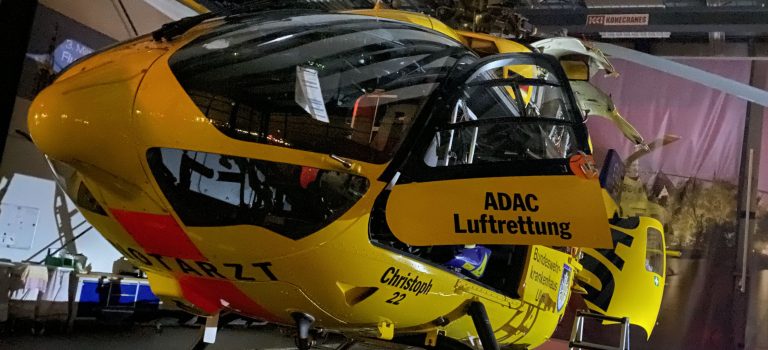Dass Hämostyptika zur Blutstillung im militärischen Umfeld beitragen, ist hinreichend publiziert. Allerdings sind blutende Patienten im militärischen Einsatz in der Regel jung, gesund und nicht antikoaguliert. Das stellt sich im zivilen Rettungsdienst völlig anders dar: viele gerade ältere Patienten haben eine gerinnungshemmende Dauermedikation.
Raimund Lechner, Anna Schmid und Katharina Hanke aus der Klinik für Anästhesiologie, Intensivmedizin, Notfallmedizin u. Schmerztherapie des Ulmer Bundeswehrkrankenhauses haben Blutproben von antikoagulierten Patienten mit verschiedenen Hämostyptika (QuikClot Gaze, Celox Granulat, Celox-Gaze, Chito SAM 100, WoundClot-Trauma-Gaze, QuikClot-Gaze Moulage Trainer) versetzt und mit Hilfe der Rotationsthrombelastometrie gemessen. Betrachtet wurden Patienten unter Enoxaparin, Heparin + Acetylsalicylsäure, Apixaban und Phenprocoumon (Marcumar).
Die bisher angenommene These, dass vorallem Chitosan in antikoaguliertem Blut wirkt, wird nun durch diese Ergebnisse ergänzt, die auch einen Einsatz von Kaolin im zivilen Rettungsdienst rechtfertigen.
Lechner R, Hanke K, Schmid A, et al. Hemostatics in patients with inhibited coagulation—A viscoelastic in-vitro analysis.Transfusion 2023. https://doi.org/10.1111/trf.17333
Koksal, O et al. Hemostatic effect of a chitosan linear polymer in a severe femoral artery bleeding rat model under hypothermia or warfarin therapy, Turkish Journal of Trauma and Emergency Surgery 17, 199–204 (2011)
https://www.traumateam.de


